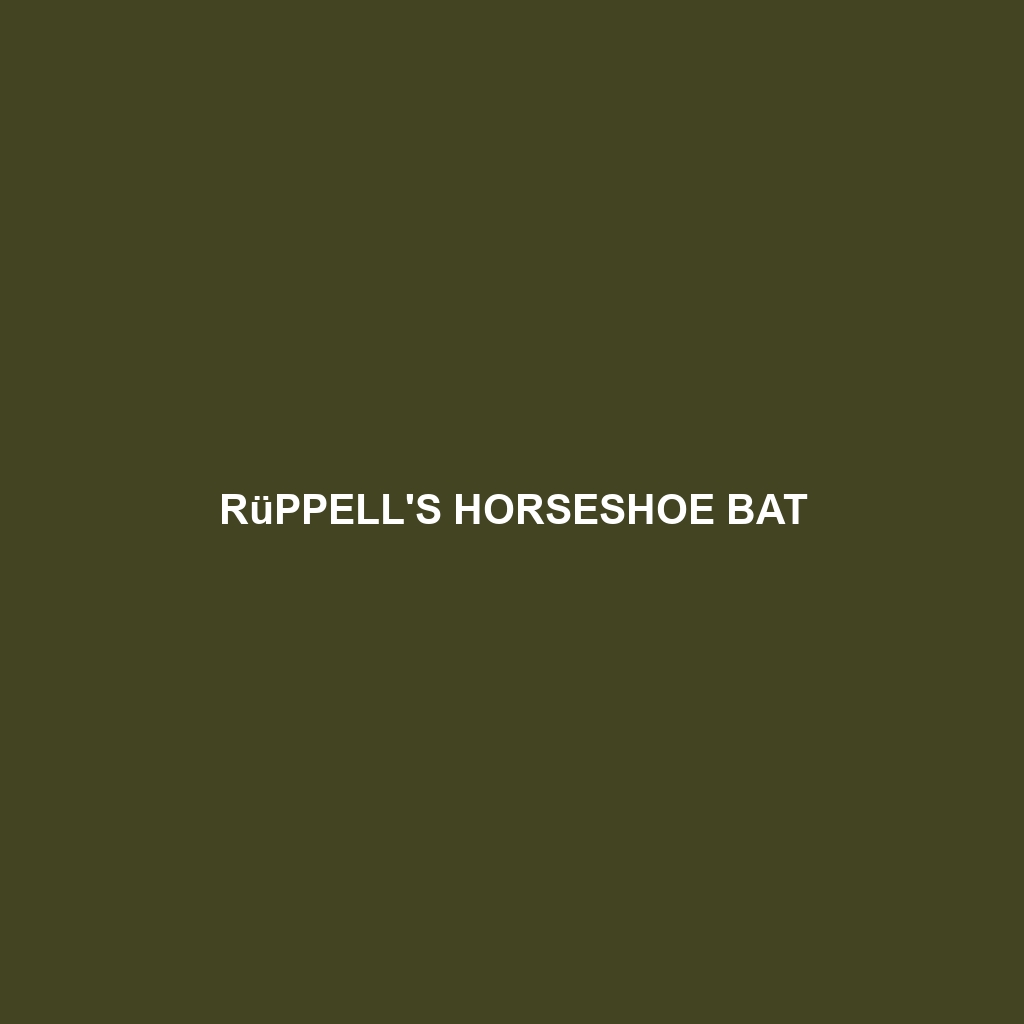Common Name: Francis’s Woolly Horseshoe Bat
Scientific Name:
Habitat:
Francis’s Woolly Horseshoe Bat is primarily found in Southeast Asia, especially within the lush forests of Vietnam and Thailand. These bats prefer humid, tropical environments with abundant vegetation, typically residing in caves and rock crevices that offer safety from predators and favorable climates for roosting.
Physical Characteristics:
This species exhibits a medium size, with an average wingspan of about 30–35 centimeters. Its fur is notably soft and woolly, giving it a distinctive appearance, with colors ranging from light brown to dark gray. A unique feature is its horseshoe-shaped nose leaf, which aids in echolocation, and its large, rounded ears are highly sensitive to sound, further enhancing its ability to navigate and hunt in the dark.
Behavior:
Francis’s Woolly Horseshoe Bat is primarily nocturnal, becoming active at dusk to forage for food. Known for its agile flight, it often engages in social interactions while roosting in colonies. Breeding behaviors are typically witnessed during the rainy season, and males often engage in vocalizations to attract females. These bats are also known for their unique roosting habits, as they often hang upside down in groups, providing insulation and protection to each other from environmental changes.
Diet:
The diet of Francis’s Woolly Horseshoe Bat consists mainly of insects, including moths and beetles, which they capture in mid-flight using their echolocation abilities. These bats play a critical role in controlling insect populations, making them essential for maintaining ecological balance in their habitats.
Reproduction:
Francis’s Woolly Horseshoe Bat typically breeds once a year, with mating occurring in late spring. Females usually give birth to a single offspring after a gestation period of about two to three months. Maternal care is evident as mothers nurture and protect their young until they are mature enough to join the colony’s foraging activities.
Conservation Status:
Currently, the Francis’s Woolly Horseshoe Bat is listed as vulnerable due to habitat loss and environmental degradation. Deforestation and human encroachment have significantly reduced their natural habitats, heightening concerns for their long-term survival.
Interesting Facts:
This species is particularly known for its social structure, often forming large colonies that can exceed several hundred individuals. In addition, its echolocation calls are among the most sophisticated in the bat family, showcasing the remarkable adaptations of these creatures to their environments.
Role in Ecosystem:
Francis’s Woolly Horseshoe Bat plays a vital role in its ecosystem as an insectivore, helping to control pest populations, which can benefit agricultural practices in nearby areas. Additionally, their guano serves as a rich fertilizer, promoting healthy soil and supporting plant growth in their habitats.
